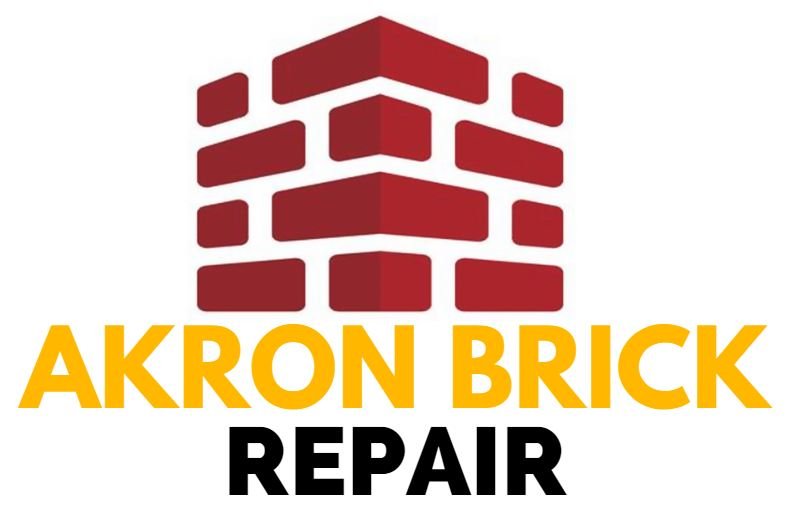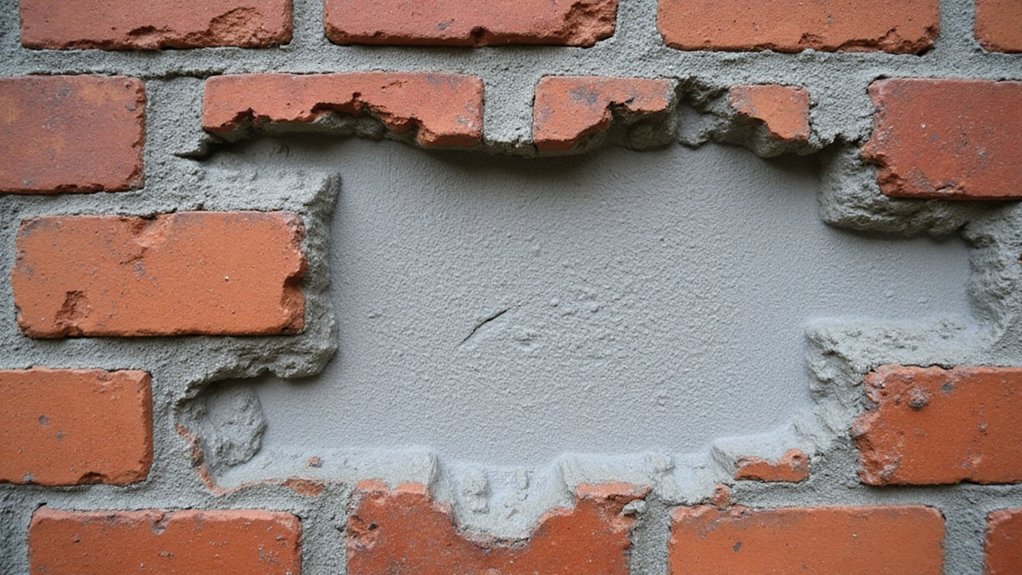If you’re a homeowner in Ohio, you’ve probably noticed how humidity wreaks havoc on your masonry. Those mortar joints aren’t just decorative—they’re vulnerable to seasonal moisture changes that can cause serious structural stress. Your building’s health depends on understanding these complex interactions between climate and construction materials. Want to protect your investment and prevent costly repairs? Stay tuned as we unpack the fascinating world of mortar resilience in Ohio’s unpredictable environment.
Understanding Ohio’s Seasonal Humidity Patterns
Ohio experiences four distinct seasonal humidity patterns that can greatly impact mortar joint performance and durability. You’ll notice dramatic shifts from winter’s dry cold to summer’s intense moisture.
These seasonal temperature variations directly influence how moisture interacts with masonry structures. Regional precipitation levels contribute substantially to your building’s maintenance needs, with spring and summer bringing higher humidity challenges.
Understanding these patterns helps you anticipate potential mortar joint stress and degradation. By recognizing how Ohio’s climate affects construction materials, you can proactively protect your investments and maintain structural integrity throughout changing environmental conditions. Masonry restoration techniques like tuckpointing can help mitigate the effects of seasonal moisture variations on brick structures.
Moisture’s Impact on Mortar Composition
The seasonal humidity patterns you’ve learned about directly influence mortar’s chemical and physical properties, creating complex interactions that can compromise your masonry’s long-term durability. Understanding these dynamics is pivotal for maintaining structural integrity. Chimney masonry structures are particularly vulnerable to humidity-induced deterioration, as highlighted by their constant exposure to varying weather conditions.
Key moisture impacts on mortar composition include:
- Increased mortar hydration levels affecting binding strength
- Moisture absorption rates altering material porosity
- Chemical composition changes during humidity fluctuations
- Potential microstructural deterioration over time
- Risk of accelerated weathering and structural weakening
These factors emphasize the importance of selecting appropriate mortar mixes customized to Ohio’s specific environmental conditions.
Expansion and Contraction Mechanics in Masonry
Masonry structures experience significant dimensional changes due to humidity-driven expansion and contraction mechanics, which can greatly impact building integrity. You’ll notice how moisture levels affect thermal [CONDUCT] and compressive strength in mortar joints.
When humidity rises, your bricks and mortar expand, creating stress within the structure. Conversely, dry conditions cause materials to contract, potentially leading to micro-cracks and structural weakening. Understanding these mechanics helps you safeguard your masonry from potential damage.
Common Mortar Joint Damage Caused by Humidity
While humidity might seem harmless, it can wreak significant havoc on your mortar joints, causing a range of structural vulnerabilities that’ll compromise your building’s integrity. Ohio’s variable climate creates perfect conditions for moisture-related damage in masonry structures.
Humidity can trigger several critical issues in mortar joints:
- Salt crystallization causing internal stress
- Efflorescence formation leading to aesthetic deterioration
- Moisture penetration weakening structural bonds
- Accelerated deterioration of mortar composition
- Potential mold and mildew growth
Understanding these risks helps you proactively protect your building’s long-term durability and maintain its structural health.
Best Practices for Mortar Joint Protection
Because moisture poses significant challenges to mortar joints, implementing strategic protection techniques becomes crucial for preserving your building’s structural soundness. You’ll want to focus on proper shrinkage prevention and establishing ideal curing conditions.
Start by selecting high-quality mortar mixes designed for Ohio’s humidity levels, and apply them during moderate temperature periods. Cover fresh mortar with breathable materials to control moisture exposure, and guarantee consistent hydration during the curing process.
Regular inspections and timely maintenance can help you detect early signs of potential damage, safeguarding your investment and maintaining the integrity of your masonry structure.
Professional Techniques for Climate-Resilient Masonry
Protecting your mortar joints from Ohio’s unpredictable climate requires more than basic maintenance—it demands professional-grade strategies that adjust to environmental challenges.
Professional techniques for climate-resilient masonry include:
- Applying high-quality masonry sealants to prevent moisture infiltration
- Implementing strategic moisture mitigation techniques
- Carrying out regular professional inspections and assessments
- Using breathable, flexible joint compounds
- Selecting materials compatible with Ohio’s humidity variations
You’ll want to invest in proactive measures that shield your masonry from potential damage. By understanding local climate characteristics and employing expert methods, you can greatly extend the lifespan of your structure’s mortar joints, ensuring durability and aesthetic appeal.
Long-Term Maintenance Strategies for Ohio Buildings
How can Ohio’s unique climate challenges shape your building’s long-term maintenance approach? Understanding building material selection becomes vital in managing humidity’s impact on masonry structures.
You’ll want to develop an extensive preventative maintenance scheduling strategy that addresses mortar joint durability. Regular inspections can help you catch early signs of moisture damage, preventing costly repairs down the line. By choosing resilient materials and implementing proactive maintenance techniques, you’ll safeguard your building’s integrity against Ohio’s fluctuating humidity levels. Your investment in strategic maintenance will guarantee your structure remains strong and beautiful for years to come.
Frequently Asked Questions
Can Humidity Actually Cause Mortar Joints to Crack and Deteriorate?
You’ll find humidity’s moisture absorption and thermal expansion can indeed cause mortar joints to crack, weakening your structure’s integrity and potentially leading to costly repairs.
How Quickly Can Ohio’s Humidity Damage Masonry Structures?
You’ll see mortar damage within months if Ohio’s high moisture absorption and seasonal temperature fluctuations aren’t managed. Your structure’s integrity depends on proactive maintenance against these humidity-driven challenges.
Are Older Buildings More Vulnerable to Humidity-Related Mortar Damage?
You’ll find older buildings are more susceptible to humidity damage due to their higher moisture absorption rates and increased thermal expansion effects, making their historic mortar joints particularly vulnerable to degradation.
What’s the Most Cost-Effective Way to Protect Mortar Joints?
You’ll save money by applying moisture resistant sealants to your mortar joints. Cost-effective waterproofing prevents costly repairs and protects your building’s structural integrity against humidity’s damaging effects.
Do Different Types of Brick Require Different Humidity Protection Methods?
You’ll need different humidity protection techniques based on brick type, matching ideal moisture absorption levels and suitable temperature ranges to guarantee your masonry’s long-term sturdiness and aesthetic charm.

